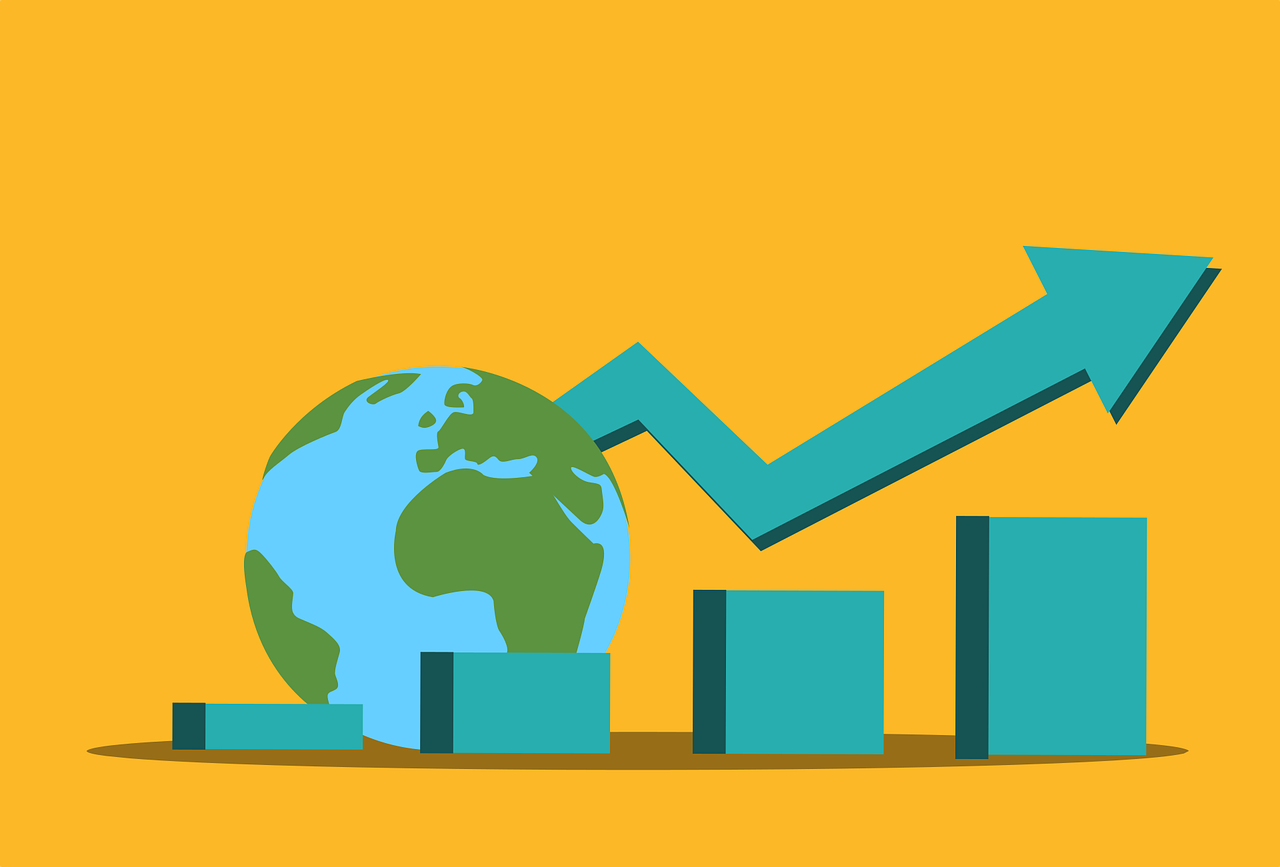The concept of comparative advantage was first introduced at the beginning of the 19th century. At that time, it referred to the world economy, i.e. the international exchange of goods. Today, they can also be applied in relations between enterprises. What is comparative advantage?
Classic approach to comparative advantage
The theory of comparative advantage was first heard in 1808 thanks to Robert Torrens. Economist David Ricardo in his work "Principles of political economy and taxation" stated that the international exchange of goods can be beneficial for both partners, even when one of them produces much more goods than the other. According to the economist, the condition for the success of international trade is the existence of relative differences in production costs in both countries.
According to the theory, a given country of exchange can benefit if it sells goods that require less input in exchange for goods that are more expensive to produce in its country. This means that a country can increase its income if it specializes in the production of specific goods and sells them on the international market. Then it has a comparative advantage.
Selling products on the international market requires appropriate knowledge and preparation.
Contact us for valuable tips!
Advantage in relation to commercial companies
A comparative advantage in business is gained thanks to the ability to produce goods cheaper than the market can do. The company focuses on specific products and therefore operates more efficiently than competitors in the production of these goods. This in turn provides her sales efficiency. The advantage may result, among others, from from having advanced tangible resources or valuable intangible assets. For example, certain patents, know-how, experienced management, a well-qualified team of employees. As well as other aspects thanks to which the company can improve its processes or products.


